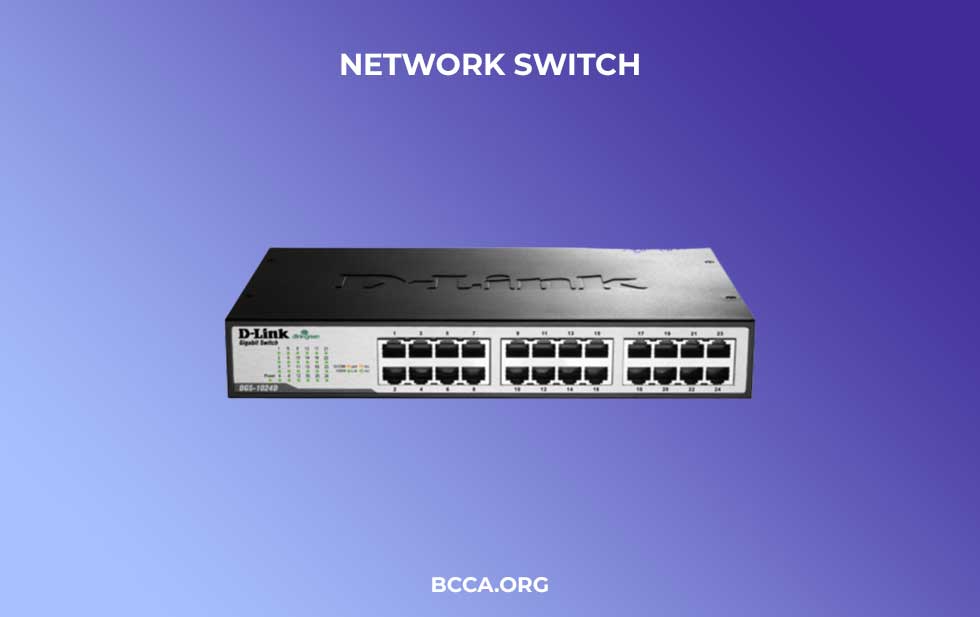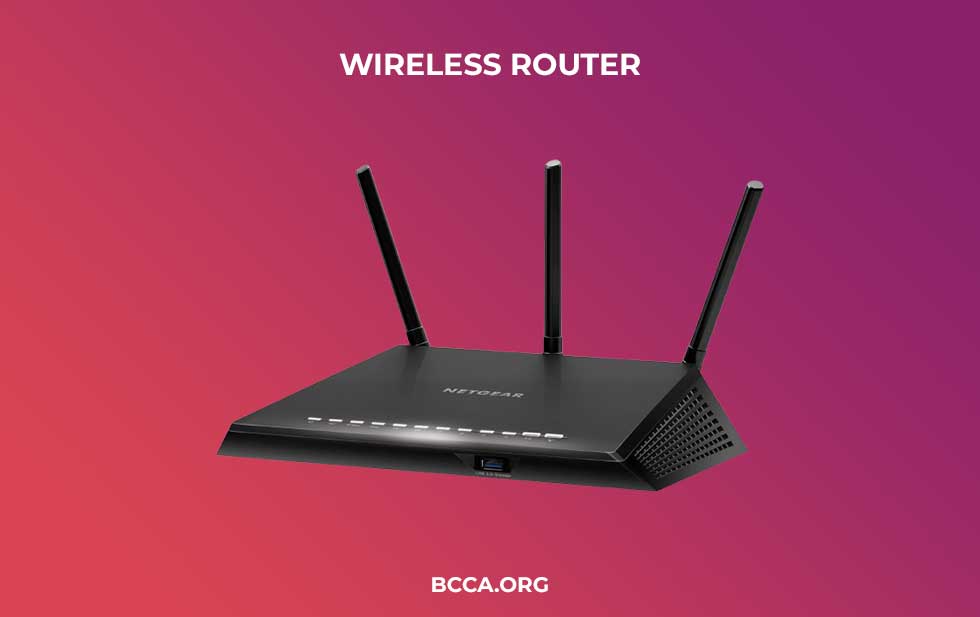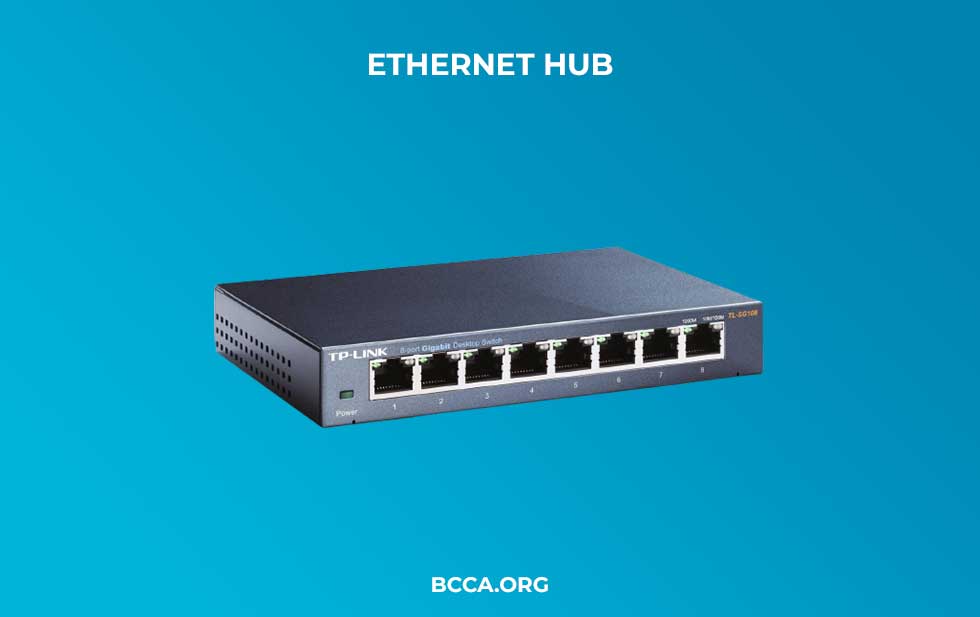Switch, Router and Hub are three terms you have heard in the world of networking. Regardless of their size, almost all networks worldwide use one of these devices for network management. The right networking device can save you huge time, money, and also ensures secure/seamless connectivity.
Besides, it’s not like you can replace a switch with a hub or vice versa. Instead, a switch, router, and hub have their way of working and use. And that’s what this article shall help you with. Here is an in-depth comparison between switch vs router vs hub.
Knowing about the devices is important to understand their purpose and the differences between all three, that’s why before I begin with the differences, I’ve added a short description about all these devices to help you learn about them.
| Device | Switch | Router | Hub |
|---|---|---|---|
| Network Layer | Data Link Layer | Outer Layer | Physical Layer |
| Connecting Pot | 24/48 | LAN, Ethernet, WAN | 4/12 |
| Transmission Types | Broadcast, Multicast, and Unicast | All Types of Transmissions | Unicast, Broadcast, and Multicast |
| Application | LANs | LANs and MANs | LANs |
| Mode of Transmission | Full Duplex | Full Duplex | Half-Duplex |
Table of Contents
Overview of Switch, Router, and Hub
After reading this guide, you’ll know about switches, routers, hubs. Not only that, you’ll also learn the differences and will be able to figure out the suitability.
I shall provide you with a quick overview of these three networking devices.
What is a Switch?

A switch, also known as an Ethernet switch and network switch, is a piece of networking hardware used on WANs and LANs. A switch connects multiple devices on a network and manages packets according to the IP address of the device.
Unlike a hub, a switch does not copy the incoming information to all devices on the network. Instead, it has the minimum intelligence to understand the destination of the message and deliver it accordingly. A switch uses a full-duplex transmission mode and enables quick management of multiple network connections.
Switches are primarily used in Local Area Networks that consist of tens or hundreds of devices. As far as the OSI design is concerned, a switch sits on the 2nd layer, called a data link layer. It must be noted that a switch cannot change the IP address of devices on a network.
What is a Router?

In a network, a router is layer-3 networking hardware used at the network layer of the OSI design. A router can connect a network to another network and transfer data between them. Unlike the hub, a router will use IP address information to transfer IP packets.
A router uses an information chart called the routing table. This table would include all the potential changes in the network, including where the data must go. A router will use this table for consultation and manage the data transfer process.
Like a switch, a router also supports the full-duplex mode of transmission and is commonly used in LANs and MANs. In addition, routers are the most intelligent devices among the three. These powerful devices are equipped with algorithms that enable the smooth routing of internet traffic.
Suggested Router Guides
What is a Hub?

A hub is a simple networking device that connects several devices in a Local Area Network. Unlike the other two devices I have mentioned before, a hub does not filter information. Instead, it copies the incoming data to all the devices connected to the network and vice versa.
Network hubs, also known as Ethernet hubs, are also used to enhance the network distance. However, these devices do not recognize the devices based on the IP address. On the other hand, the system simply copies information as a part of the routine.
A hub stays at the physical layer of the OSI design and does not use algorithms. In addition, because it uses a half-duplex transmission mode, only one device can send/receive data at a time. As a result of these issues, a network hub causes a lot of bandwidth wastage.
Differences between Switch, Router, and Hub
Now, let’s look at the major differences between a network switch, router, and hub. To keep things simple, I have split this into a few subsections.
Intelligence
A network router is the most intelligent device among the three. It connects a network of devices to another network and intelligently routes information between the two networks. To make this possible, a router may use a collection of algorithms and routing tables. Therefore, routers also require a lot of processing power.
On the other hand, network switches do not require a lot of processing power. These devices use the IP address of network components to transfer incoming data to the corresponding device. It is mainly done with the help of tables and headers. Therefore, network switches are not as smart as network routers.
Hubs happen to be the least intelligent network equipment on the list. A network hub does not use any kind of algorithm for copying data. Instead, it copies incoming data to every device connected to the LAN. It’s one of the reasons why network hubs are becoming less popular nowadays.
Layer on OSI Design
A network router belongs to the outer layer of the OSI design, where it can manage different aspects of the network.
A switch, on the other hand, has its position in the data link layer. Therefore, it will be acting as the second layer of the OSI design.
A hub belongs to the physical layer of the OSI design. As I said earlier, a network hub simply copies data and does not involve in software-related activities.
Device & Transmission
A router can provide a high number of network clients when connected to a wireless router. However, when it is in wired mode, the number of Ethernet connections will be few. However, a router may use various ports such as LAN, Ethernet, uplink, and WAN. When it comes to the transmission mode, a router supports all types.
A switch is also an active network device. It uses software and algorithms to stay as an active device on the network. This multi-port bridge will be using the 24/48 port for connection. Even though a switch supports multiple transmission modes, it will broadcast first and then move to multicast and unicast. However, in some instances, multicast and unicast may be optional.
A hub, on the other hand, is a passive networking device. It does not use software for any purpose. It uses the 4/12 port as the connecting port, and there is no support for a full-duplex. Therefore, transmissions using this particular layer can be limited. Unlike routers and switches, hubs will transmit data as electrical signals or bits.
Ideal Use Cases for a Switch, Router, and a Hub
I have talked about the important differences between switches, routers, and hubs. Now, I will talk about the ideal scenarios where you can use them?
When to use a Switch?
Before I begin, I must mention that network switches have become less expensive over time. Therefore, even small companies with a limited budget can use switches for their Local Area Network. The best thing about switches is that you can use them with medium to large networks. There could be a limit in the number of Ethernet clients, but you can fix it by connecting another switch. In short, the scalability of a switch is an essential factor, indeed.
When to use a Router?
Unlike a switch, a router is necessary when your business needs an internet connection. Yes, if you are wondering, the Wi-Fi hub set up by the Internet Service Provider is a router. This router analyzes the incoming data and forwards the same to individual devices based on the IP address. Having said that, some businesses may be using a wired router with Ethernet clients. In this case, however, there could be a limit in the number of maximum devices.
When to use a Hub?
Networks are mainly used with small networks. It must be noted that a hub does not play an essential role in the entire network structure. However, if you would like to connect a less active part of your network to a more extensive network, using a hub would be a great decision. This less active part should not receive a lot of traffic, though. You should keep in mind that hubs may slow down the traffic at times. You do not want this to happen.
Conclusion
As you have seen, switches, routers, and hubs play a crucial role in networking. Even though these terms are used interchangeably, it is wrong to do so. Choosing the right equipment matters the most when building a network — be it wired or wireless. Considering how old and non-smart they are, I will not recommend hubs even if you have a minimal network.
So, you are left with two options: network switches and routers. In that case, choosing a network router seems to be the best option since most of us need to connect the LAN to the internet. Fortunately, wired and wireless network routers have become inexpensive these days. Therefore, choosing a network router that suits your budget would not be difficult.
Chris loves technology, specifically smart home technology! With both hands-on and executive leadership experience in his corporate career, Chris stays abreast of emerging technology and solutions and immerses himself in BCCA when not in the office.
